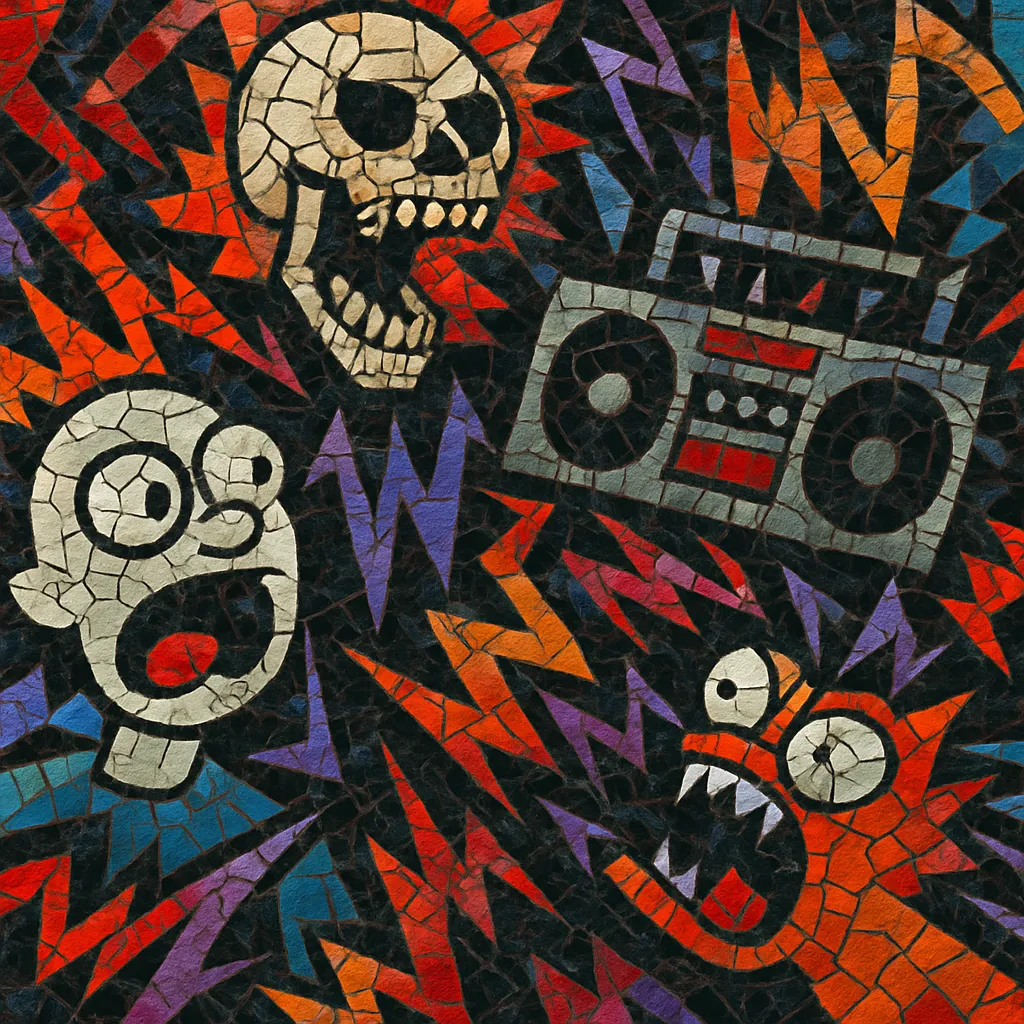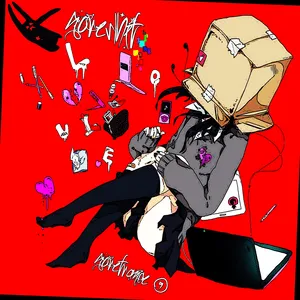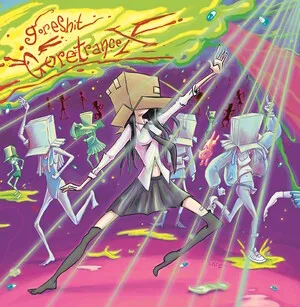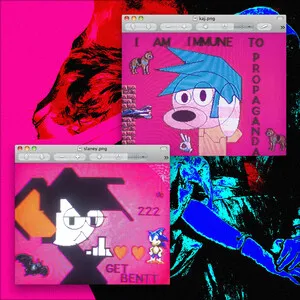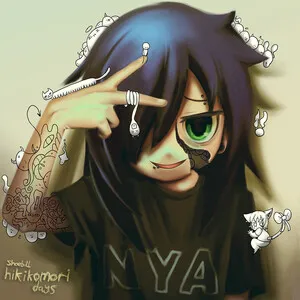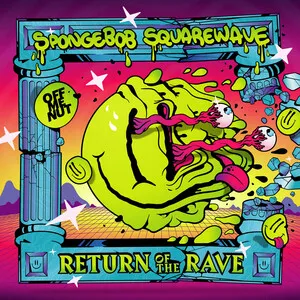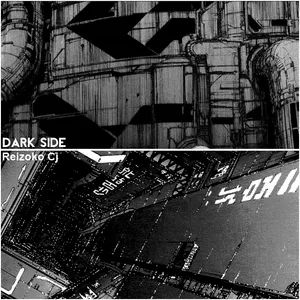Your digging level
Description
Mashcore is a hyperactive, sample-dense offshoot of breakcore that collides pop-culture mashups with brutally chopped breakbeats and hardcore kicks.
It embraces comic juxtaposition and shock value, placing familiar acapellas, TV jingles, novelty tunes, or chart hits over blitzed Amen breaks, gabber/distorted 909 kicks, and quick-fire edits.
The result is fast, chaotic, and tongue‑in‑cheek: a rave-informed, collage-heavy style that feels like a high-BPM warehouse party spliced with a pirate radio of memes and memories.
History
Mashcore emerged in the early 2000s within the UK breakcore underground, especially around Brighton’s Wrong Music parties and related labels. Artists took breakcore’s Amen-break choppage and gabber impact, then grafted on the irreverence of mashups and plunderphonics—flipping recognizable pop hooks and media ephemera into high-speed rave anthems. Shitmat is often cited as a defining figure, alongside contemporaries linked to Cock Rock Disco, Tigerbeat6, Planet Mu, and Ad Noiseam.
Rather than pure aggression, mashcore leans on absurdist humor and nostalgia: children’s TV themes, novelty records, or chart acapellas are sliced into manic, dancefloor-ready edits. Hardcore kicks, sudden tempo flips, and micro-cuts serve punchlines as much as percussion, creating a rollercoaster between euphoria and overload.
The sound found footholds across Europe and North America via DIY venues, squat parties, and net-labels. Belgian and Dutch breakcore scenes (e.g., Sickboy, Bong-Ra) cross-pollinated the style, while US artists (e.g., Jason Forrest a.k.a. DJ Donna Summer, Stunt Rock) amplified its mashup ethos. Online file-sharing and forums accelerated the exchange of samples and techniques.
By the late 2000s, mashcore had imprinted on adjacent micro-scenes that embraced kawaii, meme, and otaku culture, helping pave the way for lolicore’s frantic, sample-first ethos. Its DNA—fast edits, playful sampling, and high-impact drums—continues to surface anywhere high-energy collage and rave nostalgia meet.

